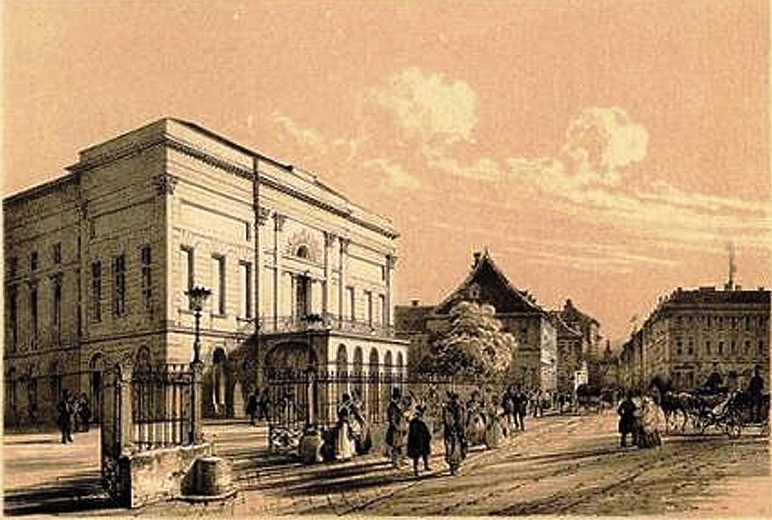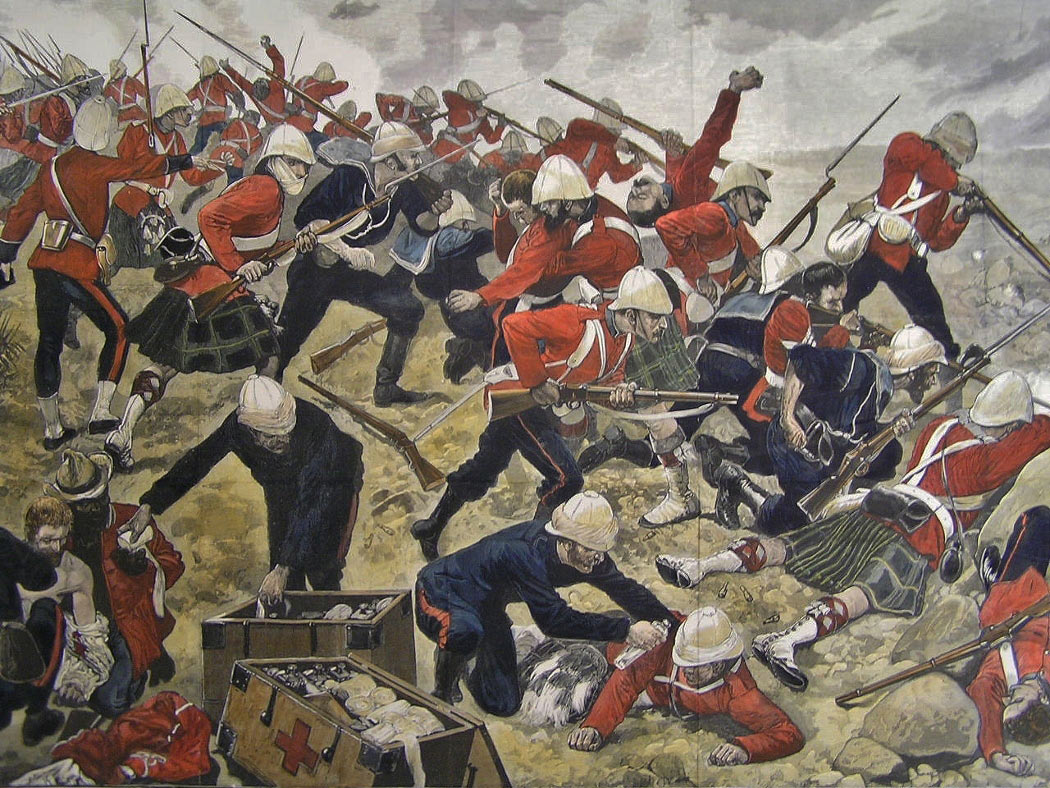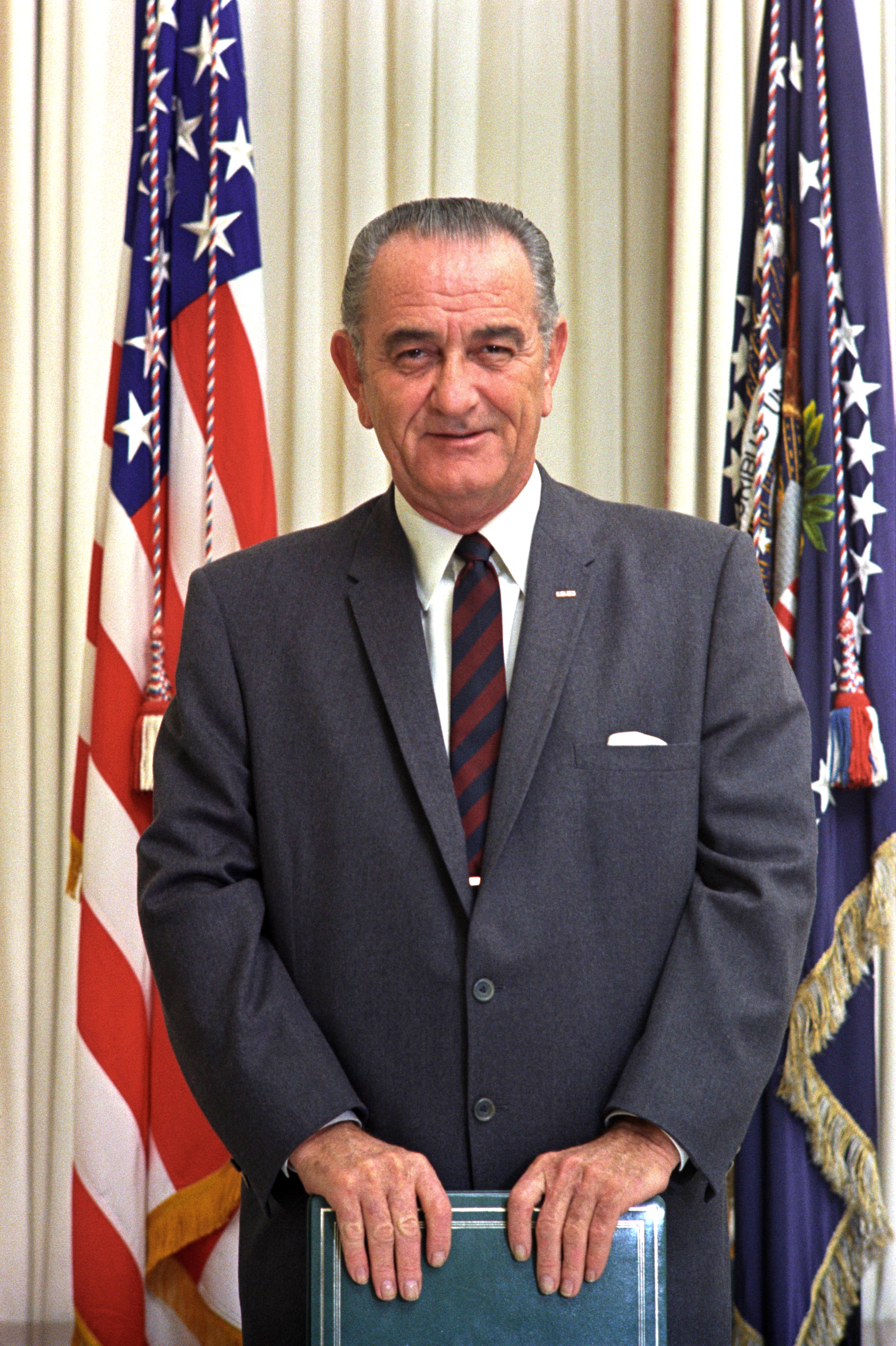|
Kálmán Csathó
Kálmán Csathó (13 October 1881, Budapest – 14 February 1964, Budapest) was a Hungarian writer, theater director, and member of the Hungarian Academy of Sciences from 1933 to 1949 and vice-president of the Kisfaludy Society. He was also married to actress Ilona Aczél. Career He graduated with a degree in law in Budapest, and studied theater in Berlin. When he returned to Hungary in 1906, he worked as a clerk in the ministry of culture. He went on a study tour on a state scholarship to Paris, then from 1909 in Budapest, worked first as a director at the National Theatre, then from 1919 onward as its chief director. In 1936, he was the vice-president of the Kisfaludy Society. In 1940, he became the director of the Magyar Theatre and the Andrássy Street Theatre. He was a corresponding member of the Hungarian Academy of Sciences between 1933 and 1949, and in 1989, his membership was reinstated posthumously. He was buried in Farkasréti Cemetery. Works * A varjú a torony� ... [...More Info...] [...Related Items...] OR: [Wikipedia] [Google] [Baidu] |
Budapest
Budapest is the Capital city, capital and List of cities and towns of Hungary, most populous city of Hungary. It is the List of cities in the European Union by population within city limits, tenth-largest city in the European Union by population within city limits and the List of cities and towns on the river Danube, second-largest city on the river Danube. The estimated population of the city in 2025 is 1,782,240. This includes the city's population and surrounding suburban areas, over a land area of about . Budapest, which is both a List of cities and towns of Hungary, city and Counties of Hungary, municipality, forms the centre of the Budapest metropolitan area, which has an area of and a population of 3,019,479. It is a primate city, constituting 33% of the population of Hungary. The history of Budapest began when an early Celts, Celtic settlement transformed into the Ancient Rome, Roman town of Aquincum, the capital of Pannonia Inferior, Lower Pannonia. The Hungarian p ... [...More Info...] [...Related Items...] OR: [Wikipedia] [Google] [Baidu] |
Hungarian Academy Of Sciences
The Hungarian Academy of Sciences ( , MTA) is Hungary’s foremost and most prestigious learned society. Its headquarters are located along the banks of the Danube in Budapest, between Széchenyi rakpart and Akadémia utca. The Academy's primary functions include the advancement of scientific knowledge, the dissemination of research findings, the support of research and development, and the representation of science in Hungary both domestically and around the world. History The origins of the Hungarian Academy of Sciences date back to 1825, when Count István Széchenyi offered one year's income from his estate to establish a ''Learned Society''. He made this offer during a session of the Diet in Pressburg (Pozsony, now Bratislava), then the seat of the Hungarian Parliament. Inspired by his gesture, other delegates soon followed suit. The Society’s mission was defined as the development of the Hungarian language and the promotion of sciences and the arts in the Hungarian l ... [...More Info...] [...Related Items...] OR: [Wikipedia] [Google] [Baidu] |
Kisfaludy Society
The Kisfaludy Society (Hungarian: ''Kisfaludy Társaság'') was a literary society in Pest, founded in 1836 and named after Károly Kisfaludy, who had died in 1830. It held monthly meetings and was a major force in Hungarian literary life, giving prizes, funding the collection of folk songs, and sponsoring the publication of works like Imre Madách's '' The Tragedy of Man''. It dissolved in 1952. Founding members Directors * András Fáy (the first director, 1837–1841) * Ferenc Toldy (1841–1860, and from 1860 vice-chairman) * János Arany (1860–1867, with József Eötvös as president and Pál Gregus as secretary) * Zsigmond Kemény (1867–1876) * Móric Lukács (1876–1879) * Pál Gyulai (1879–1899, with Zsolt Beöthy Zsolt Beöthy (4 September 1848 – 18 April 1922) was a Hungarian literary historian, critic, professor, member of the Hungarian Academy of Sciences, and the secretary then chairman of Kisfaludy Society. A conservative-minded literature critic ... [...More Info...] [...Related Items...] OR: [Wikipedia] [Google] [Baidu] |
Ilona Aczél
Ilona AczélHázasságkötése után Cs. Aczél Ilona néven szerepelt (7 November 1884, Királyhelmec, Kingdom of Hungary (now modern-day Kráľovský Chlmec, Slovakia) – 5 March 1940, Budapest) was a Hungarian actress at the National Theatre in Budapest. Life Aczél was born Ilona Gabrielle Magdolna Alter to Sándor Alter and Paula Nebenzahl on the Hungarian Highland in 1884. She graduated from the Academy of Drama and Film in Budapest in 1905, and became contracted in Kolozsvár. In 1908, she became part of the National Theatre and, in December 1912, was contracted by the Hungarian Theatre between 1914 and 1935, and acted again in the National Theatre, and later featured in the Hungarian Theatre and Comedy Theatre. In 1928, she became a life member of the National Theatre. She founded an acting school in Budapest around 1936. She had a natural sense of humor, and was especially excelling in comedies, but she also prevailed in renditions of Shakespeare and Shaw's pla ... [...More Info...] [...Related Items...] OR: [Wikipedia] [Google] [Baidu] |
Berlin
Berlin ( ; ) is the Capital of Germany, capital and largest city of Germany, by both area and List of cities in Germany by population, population. With 3.7 million inhabitants, it has the List of cities in the European Union by population within city limits, highest population within its city limits of any city in the European Union. The city is also one of the states of Germany, being the List of German states by area, third smallest state in the country by area. Berlin is surrounded by the state of Brandenburg, and Brandenburg's capital Potsdam is nearby. The urban area of Berlin has a population of over 4.6 million and is therefore the most populous urban area in Germany. The Berlin/Brandenburg Metropolitan Region, Berlin-Brandenburg capital region has around 6.2 million inhabitants and is Germany's second-largest metropolitan region after the Rhine-Ruhr region, as well as the List of EU metropolitan areas by GDP, fifth-biggest metropolitan region by GDP in the European Union. ... [...More Info...] [...Related Items...] OR: [Wikipedia] [Google] [Baidu] |
Paris
Paris () is the Capital city, capital and List of communes in France with over 20,000 inhabitants, largest city of France. With an estimated population of 2,048,472 residents in January 2025 in an area of more than , Paris is the List of cities in the European Union by population within city limits, fourth-most populous city in the European Union and the List of cities proper by population density, 30th most densely populated city in the world in 2022. Since the 17th century, Paris has been one of the world's major centres of finance, diplomacy, commerce, culture, Fashion capital, fashion, and gastronomy. Because of its leading role in the French art, arts and Science and technology in France, sciences and its early adoption of extensive street lighting, Paris became known as the City of Light in the 19th century. The City of Paris is the centre of the Île-de-France region, or Paris Region, with an official estimated population of 12,271,794 inhabitants in January 2023, or ... [...More Info...] [...Related Items...] OR: [Wikipedia] [Google] [Baidu] |
National Theatre (Budapest)
The National Theatre, located in Budapest originally opened in 1837. Since then, it has occupied several locations, including the original building at Kerepesi Street, the ''People's Theatre'' at Blaha Lujza tér (Budapest Metro), Blaha Lujza Square, as well as Hevesi Sándor Square, its longest temporary location. It currently occupies the National Theatre building, which opened March 15, 2002. History The concept of a national theatre in Budapest was born at the turn of the 18th-19th century, promoted by influential thinkers including Ferenc Kazinczy and Baron István Széchenyi. Széchenyi was a major figure in Hungary's reform. He dreamed of a great building on the bank of the Danube that would operate in the form of a joint-stock company. He proposed his plans in his 1832 pamphlet, ''A Magyar Játékszínről''. The National Assembly (Hungary), Hungarian Parliament made the decision to move forward with a national theatre in its 41st article of 1836. Led by Antal Grassalk ... [...More Info...] [...Related Items...] OR: [Wikipedia] [Google] [Baidu] |
Magyar Theatre
The Magyar Theatre is a theatre operating in Budapest, Hungary. Its company started on August 22, 1837 as the first major Hungarian-language theatrical company in the city. They operated under this label until August 8, 1840, when the name was changed to National Theatre of Hungary. Switching homes two times, the company moved to its current building in 1966. The name Magyar Theatre was restored on September 1, 2000, with the opening of the new National Theatre. History Building The Magyar Theatre, designed by Adolf Láng, and founded by the Rákosi-Beöthy family was built in 1897 in the then-suburban Izabella (today Hevesi Sándor) square. The premiere was on 16 October 1897. The two-storied auditorium had 996 seats. In the first years, the venue mainly hosted opera pieces, then after the first decade, converted to a serious prosaic theatre. By 1907–1918 the Magyar Theatre's repertoire consisted of contemporary Hungarian and foreign dramas, supported by the building's smal ... [...More Info...] [...Related Items...] OR: [Wikipedia] [Google] [Baidu] |
Farkasréti Cemetery
Farkasréti Cemetery or Farkasrét Cemetery (, ) is one of the most famous cemeteries in Budapest. It opened in 1894 and is noted for its extensive views of the city (several people wanted it more to be a resort area than a cemetery). It comprises tombs of numerous Hungarian notables and it is the most preferred burial place among actors, actresses and other artists (opera singers, musicians, painters, sculptors, architects, writers, poets). The cemetery is also home to the tombs of several scientists, academicians and athletes. Graves are often decorated with noteworthy sculptures. It was provided with parks in the 1950s, when it took on its present appearance and extent. The mortuary hall and the new chapel were built in the 1980s to the plans of Imre Makovecz. In the Communist era, funerals were restricted in Kerepesi Cemetery, so it became the main cemetery for those who couldn't get one. It is located in Buda (the Western part of Budapest), approximately 3 km away from ... [...More Info...] [...Related Items...] OR: [Wikipedia] [Google] [Baidu] |
1881 Births
Events January * January 1– 24 – Siege of Geok Tepe: Russian troops under General Mikhail Skobelev defeat the Turkomans. * January 13 – War of the Pacific – Battle of San Juan and Chorrillos: The Chilean army defeats Peruvian forces. * January 15 – War of the Pacific – Battle of Miraflores: The Chileans take Lima, capital of Peru, after defeating its second line of defense in Miraflores. * January 24 – William Edward Forster, chief secretary for Ireland, introduces his Coercion Bill, which temporarily suspends habeas corpus so that those people suspected of committing an offence can be detained without trial; it goes through a long debate before it is accepted February 2. Note that Coercion bills had been passed almost annually in the 19th century, with a total of 105 such bills passed from 1801 to 1921. * January 25 – Thomas Edison and Alexander Graham Bell form the Oriental Telephone Company. February * Febru ... [...More Info...] [...Related Items...] OR: [Wikipedia] [Google] [Baidu] |
1964 Deaths
Events January * January 1 – The Federation of Rhodesia and Nyasaland is dissolved. * January 5 – In the first meeting between leaders of the Roman Catholic and Orthodox churches since the fifteenth century, Pope Paul VI and Patriarch Athenagoras I of Constantinople meet in Jerusalem. * January 6 – A British firm, the Leyland Motor Corp., announces the sale of 450 buses to the Cuban government, challenging the United States blockade of Cuba. * January 9 – ''Martyrs' Day (Panama), Martyrs' Day'': Armed clashes between United States troops and Panamanian civilians in the Panama Canal Zone precipitate a major international crisis, resulting in the deaths of 21 Panamanians and 4 U.S. soldiers. * January 11 – United States Surgeon General Luther Terry reports that smoking may be hazardous to one's health (the first such statement from the U.S. government). * January 22 – Kenneth Kaunda is inaugurated as the first Prime Minister of Northern Rhodesia. * January ... [...More Info...] [...Related Items...] OR: [Wikipedia] [Google] [Baidu] |







